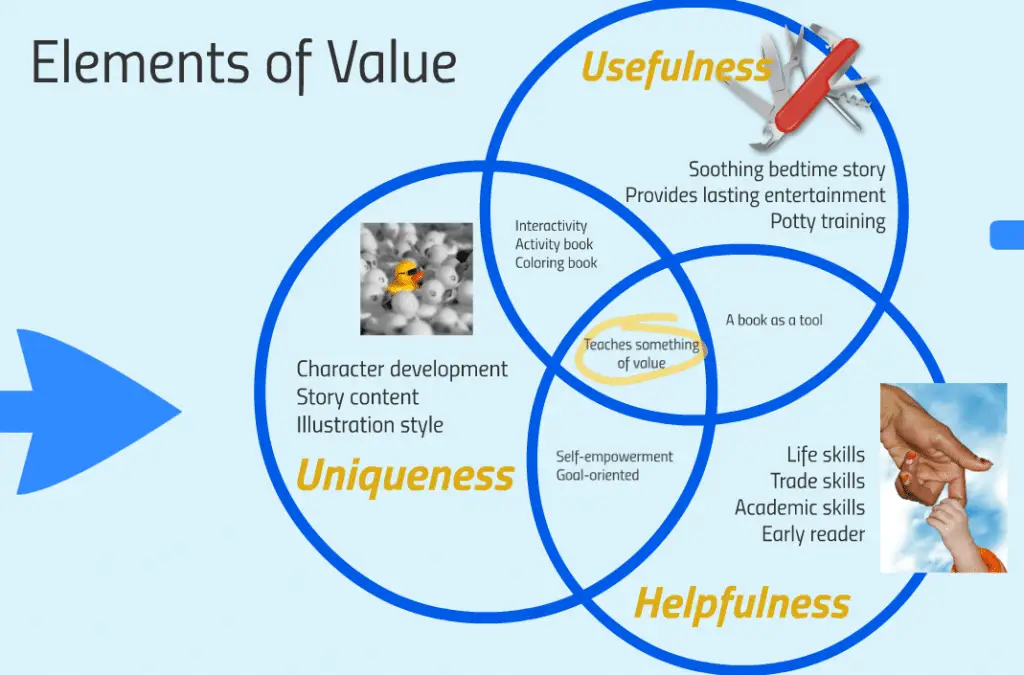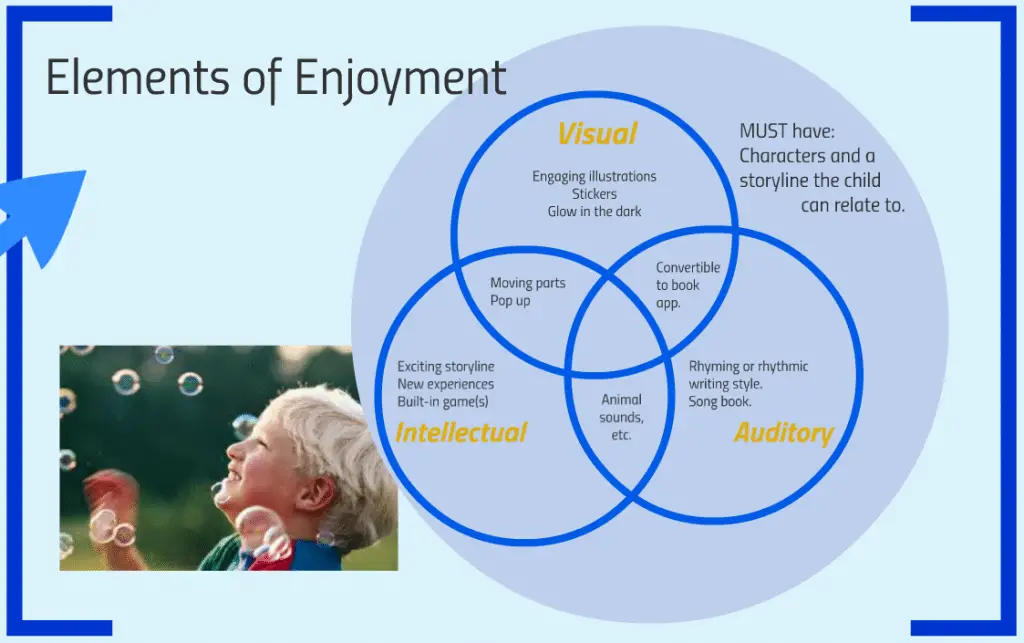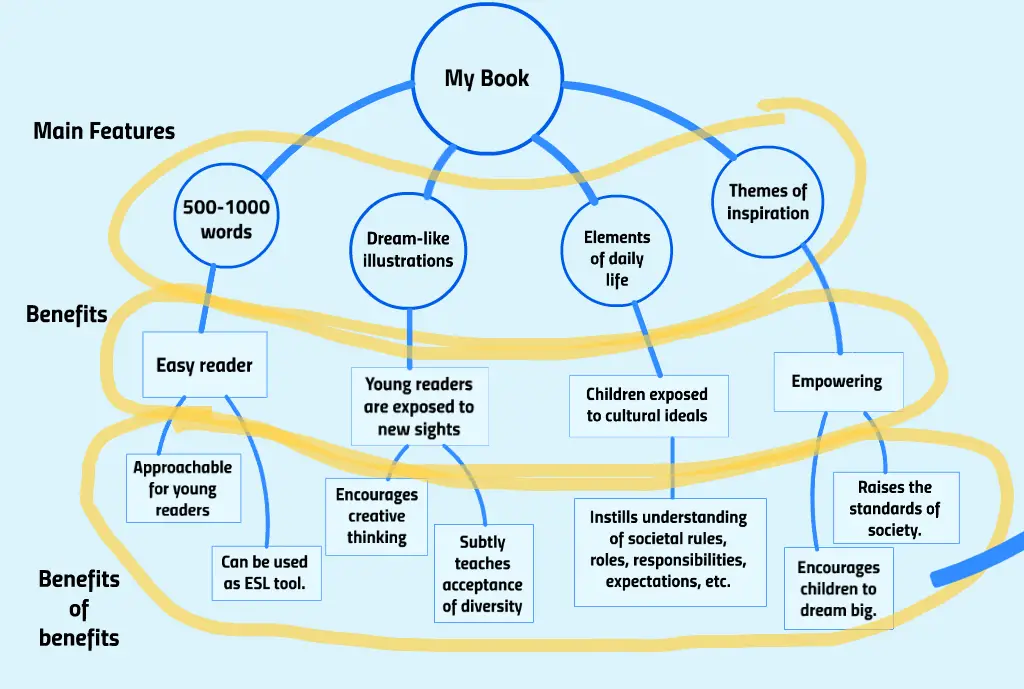This is a guest post from Tim Johnson. The biggest question authors ask us is “How do I find my readers?” This is especially true for fiction authors. Luckily, Tim walks you through step by step of how to identify your target market and how to identify the benefits your book has so that you can then properly market your books. Many people will skip these crucial steps in their business. We won’t lie to you… this is work and it’s not glamorous. It’s much more work than sending a tweet, but you’re building a business. Those who take the time to work through these steps, will have a much clearer marketing plan when they’re finished for how to market their book.
It’s one thing to write a book, it’s another thing altogether, to sell it. All too many authors get so far into the story with blinders on. Only identifying with the characters in the book and hoping readers will identify in the same way.
Without a publisher there is no one to give you objective feedback. Friends and family are great, but let’s be honest, they’re not giving you the feedback you need to make your book successful. As a self-published author, you’re the ONLY one with any skin in the game. In my opinion, the only way to successfully bring a book through the arduous self-publishing cycle is to set forth SELLING the book FIRST, and then continue on to the details of writing it. Of course the book has to be good – content is king – but without having defined your reader base, identified the value you’re putting forth, and KNOWING that people will NEED your book, you might as well hang it up now.
So how can you identify the value in your book?
Here are 5 ways to find the marketable value in your books:
1. Define Your Avatar.
An “avatar” is a term used by marketing specialists meaning the “personality” or “persona” buying your product. This should be a fairly exact summary of any particular book buyer who would walk into a store and pick up your book on a shelf, or add your book to their Amazon cart. If you don’t have a book written yet, this should be based on the genre you expect you will be writing, or if you have a topic or emotion you plan to portray in your book, base this character off of that. Regardless, you should write down all of the characteristics of that person – likes, dislikes, hobbies, socio-economic status, marital status, family information, needs, wants, etc. You can even go so far as to clip some photos from magazines of people who look like they might fit this description.
To give you an example of how these principles can be implemented I will give you some illustrations of how I implemented each step of this process when writing children’s books.
Avatar Development Outline
![]()
My avatar actually consisted of two different types of people: a child (the book reader) and a parent (the book buyer). I broke the avatar down to the constituents listed in the above illustration to come up with my two different avatars. You can use this tool to begin solidifying the characteristics of your avatar.
2. Define Elements of Value.
A book is a product, and whether it is a fiction or nonfiction book it requires an element of value (or several) to be viable in the marketplace. The book marketplace is very saturated. It is hard to know where to start when buying a book, it has been for decades, and with self-publishing becoming so prevalent, the pool is getting larger by the day. In order to sell you have to be seen and in order to be seen, you have to offer something unique that no one else is offering. Something of value. Think of your avatar and attempt to come up with this element of value by answering the following questions:
2. How can the needs of my avatar be met by a book? Can you take them away to another dimension? Do they need intellectual stimulation or guidance, or do they need emotional encouragement by implementing true-life empathy?
3. Can you help your avatar overcome a particular fear or deal with a particular situation with a book?
4. What other unique elements would really present a “wow” factor to your avatar?
Elements of Value Venn Diagram

I started with three categories that I thought would be valuable to my avatar; a “helpful” book, a “useful” book (which I realize is quite similar, but I defined it as more of a parenting tool, than a “helpful” life prep element) and a “unique” book, which has definite value in the children’s realm. I broke these categories down into specific elements that could be included in a story and tried to determine where they intersect. An element that was common to all three categories was something I knew had to be included. I was also able to pick and choose from the other overlapping elements that came out of this exercise.
This exercise can help you determine the greatest elements of value for any book.
3. Define Elements of Enjoyment.
Yes, the book must be enjoyable, and I’m certain this is the part you will be most focused on throughout the writing of the book. Either making it informative, suspenseful, uplifting, heart-warming, a “page-turner” and otherwise “un-put-down-able”. You can come up with some interesting ways to add fundamental elements of enjoyment to your book by asking similar questions to the ones above about your avatar:
2. Why does my avatar read the other books they read? What keeps them turning the pages?
3. Does my avatar have an altered ego or role model that you can put them in the shoes of in order to evoke empowerment?
Elements of Enjoyment Venn Diagram

Similarly, this is the same exercise that was used previously to determine the elements of greatest value. Given that this exercise was done for a children’s book, my categories consist primarily of sensory experiences.
4. Discovering the Benefits of the Benefits.
Now that we have defined the major overarching benefits of our book it’s time to get our fine-tooth comb out and get into some particulars. List a few of the fundamental elements of value and elements of enjoyment that you have chosen to incorporate into your book.
2. Who is the main character of the story?
3. What is the overall theme or genre of the book?
From here, underneath each of these items list the benefits that they offer to the reader. These will be things like, how your avatar will relate to it, why its lessons are important and relevant, what kind of feeling it will give to a reader.
Once you have come up with these sub-lists. Continue on and delve one step further and list benefits of each of these benefits. When you are done with this exercise, you will have a very clear vision of how your book will be valued in the eyes of your avatar and how it will be used.
The Benefits of the Benefits of your Book

The above illustration is the one I used when developing my children’s series. Beginning with fundamental features of my book, I was able to extract information such as “Encourages creative thinking”, “acceptance of diversity”, “dream big”, “used as an ESL (English as a Second Language) tool”.
5. Aligning Your Marketing
Conveniently these very low-level “benefits of the benefits” would be used as many of the keywords I target when marketing my books. These are very specific things people are looking for. They will align with your avatar because the features you started with came directly out of your “value” and “enjoyment” venn diagrams. Beginning with a book and attempting to sell it at face value will leave you with a myriad of valuable leaves yet to be uncovered. Especially in the digital and online book marketplace, keywords (and further, the RIGHT, most valuable keywords) are what will get your book sold.
Tim Johnson is the author of over 70 titles on Amazon. Primarily publishing illustrated dual-langauge children’s books, he has also published a variety of non-fiction titles. He has also released video courses intended to help self-published authors become successful.

